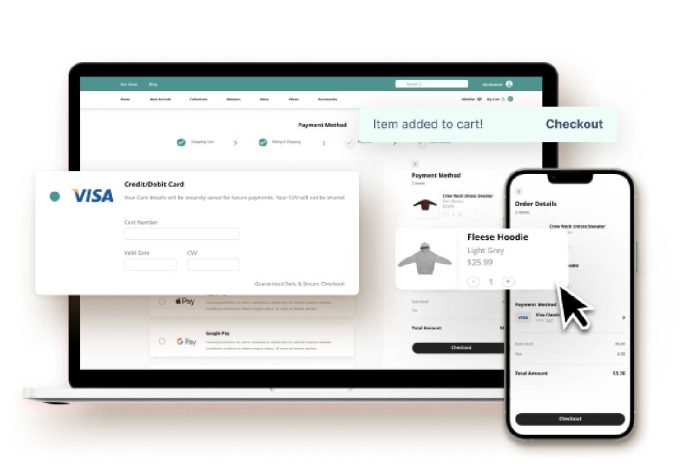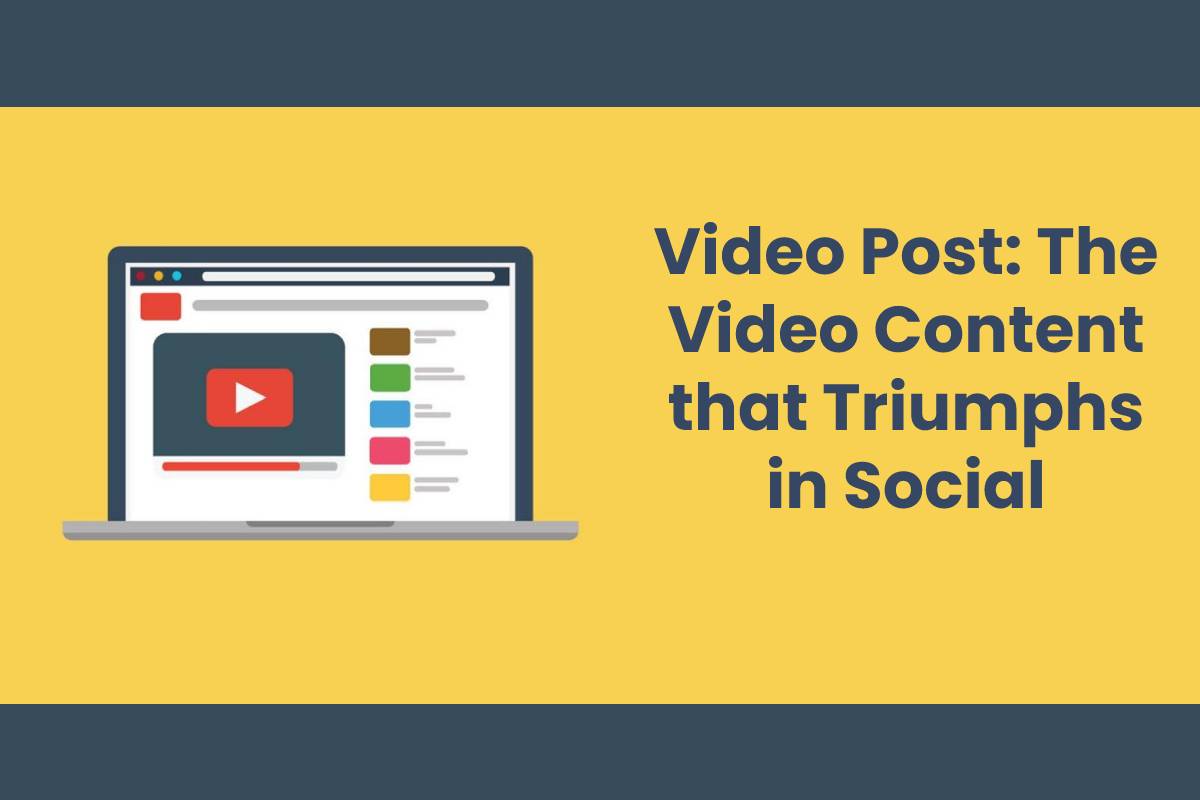Crafting compelling narratives has become essential for brands looking to make a lasting impression in the digital sphere in the ever-changing field of digital storytelling. This piece takes the reader on an engaging trip via creative storytelling techniques carefully crafted to connect with and enthrall various audiences in the rapidly growing digital space.
Combining innovative technologies and creative storytelling techniques is the primary driver of memorable impressions for brands navigating the digital narrative. Each technique contributes a distinct note to the brand storytelling symphony, from immersive experiences and interactive tales to the introduction of data-driven personalization and the crucial function of hybrid cloud integration.
This investigation explores the complexities of creating captivating digital stories and unravels the transformative potential of stories in the digital fabric. It seeks to define a new age in brand storytelling by revealing cutting-edge storytelling approaches and the convergence of narrative prowess with hybrid cloud capabilities.
Table of Contents
The Transformative Power of Narrative Arcs: Engaging Emotionally
Narrative arcs are the backbone of the complex storytelling structure, possessing transforming powers that emotionally connect with audiences. These storylines go beyond traditional linear frameworks and take viewers through various emotions. Storytellers create profoundly engaging experiences by deftly manipulating the peaks and valleys of storylines to evoke strong emotions in their audience.
The fundamental quality of narrative arcs is their capacity to go beyond simple storytelling; they serve as a medium for expressing emotions and establishing a strong bond with the audience. These arcs provide the blank canvas on which emotions are painted, whether they are revealing a hero’s journey or the intricacies of human emotions. These storylines require careful balancing to create a symphony of tension-building, pivotal scenes, and poignant resolves. Audiences are engrossed in a world where stories are felt rather than just observed because of this clever orchestration of emotional engagement inside narratives, which leaves a lasting impression long after the story ends.
Immersive Experiences: Evoking Sensory Engagement
The quest for immersive experiences in the context of digital narratives goes beyond conventional storytelling and into a space where sensory involvement is crucial. These experiences seek to engage spectators in a multimodal trip rather than just tell a story by utilizing visual, aural, and experiential components. Storytellers create narratives beyond screens, arousing feelings and establishing deep connections by weaving together various sensory strands.
Immersion experiences can take viewers into the center of a narrative, conjuring up vivid scenes and stirring strong feelings. Beautiful images and engaging designs are only two examples of the components that create the visual tapestry that pulls viewers into the story’s center. In addition, aural components enhance the emotional resonance and heighten the immersive impact by utilizing intriguing soundscapes and dynamic music. Combined with immersive features like augmented reality or interactive elements, these stories go beyond storytelling conventions to provide viewers with an immersive experience that deeply engages their senses and stirs their emotions.
Harmonizing Narratives with Hybrid Cloud Integration
Integrating hybrid cloud solutions into the storytelling landscape ushers in a new era of digital narrative orchestration. What is hybrid cloud, a seamless merger of on-premises and cloud infrastructure, is the cornerstone in enhancing the storytelling symphony. Its job goes beyond traditional content storage; it becomes the conductor, managing the flow of tales across a broad digital world.
Understanding a hybrid cloud becomes pivotal in storytelling due to its harmonious blend of scalability and control. This unique amalgamation empowers storytellers to curate, manage, and disseminate diverse content types with unparalleled agility. The harmonious integration of a hybrid cloud doesn’t solely revolve around storage; it extends to the dynamic delivery of rich, captivating storytelling assets, ensuring that every narrative resonates seamlessly across various platforms and devices. This cohesive orchestration facilitated by hybrid cloud technology enables storytellers to engage audiences consistently, regardless of the medium or device, fostering a unified and immersive storytelling experience.
Through the lens of hybrid cloud integration, storytellers find themselves empowered to innovate and collaborate, fostering environments where creative endeavors flourish. This symphony, conducted by hybrid cloud capabilities, ensures that each digital narrative unfolds seamlessly, captivating audiences while maintaining the integrity and security of these storytelling endeavors.
Interactive Storytelling: Forging Co-Creative Experiences
Delving into the realm of interactivity, this segment explores the dynamics of interactive storytelling. It emphasizes creating narratives that invite audience participation, fostering co-creative experiences that blur the lines between storyteller and audience, and ultimately enhancing brand impact.
Authenticity Amplification: Leveraging User-Generated Content
This section navigates through the transformative potential of user-generated content (UGC) in amplifying brand authenticity. It elucidates strategies for harnessing UGC as a storytelling tool, empowering audiences to contribute to the brand narrative, and fostering genuine connections.
Data-Driven Narratives: Crafting Personalized Journeys
Unraveling the fusion of data and storytelling, this segment explores the art of crafting personalized narratives. It navigates beyond demographics, utilizing data insights to tailor stories that resonate at an individual level, elevating audience engagement.
Emerging Technologies in Storytelling: Embracing Innovation
The final section explores the infusion of emerging technologies—AI, AR, VR—in storytelling. It illuminates how these innovative tools revolutionize narrative experiences, allowing brands to create immersive and futuristic storytelling journeys.
Conclusion: Orchestrating a Resonant Digital Narrative Symphony
In the symphony of digital storytelling, the fusion of innovative strategies with hybrid cloud integration emerges as the crescendo, amplifying the resonance of brand narratives across the expansive digital landscape. This exploration has unveiled how the marriage of storytelling prowess with hybrid cloud capabilities transcends conventional content delivery, orchestrating a harmonious symphony of narratives that captivate and engage audiences on a profound level.
As the curtains draw on this exploration, it becomes evident that harmonizing storytelling strategies with the capabilities of hybrid cloud solutions lay the foundation for transformative digital experiences. The hybrid cloud, the conductor in this narrative symphony, facilitates seamless content delivery and empowers storytellers to innovate, collaborate, and weave captivating tales that traverse diverse platforms and devices.
The journey of storytelling in the digital age is an evolving symphony, where the harmonious interplay of narratives and hybrid cloud integration will continue to define the resonant connections between brands and their audiences. Within this harmonious convergence, brands find the stage to craft enduring narratives that echo in the hearts and minds of audiences, setting the tone for a future where digital storytelling reaches new crescendos of engagement and impact.









